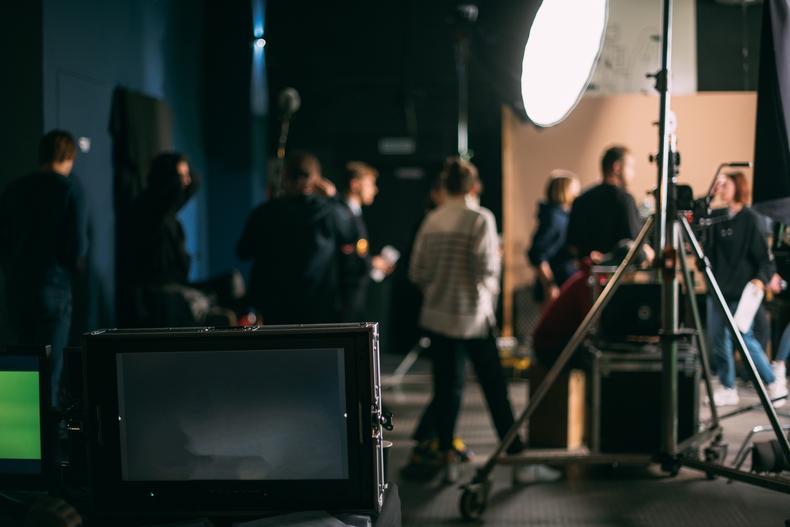
It’s the most important document on any shoot – the songsheet the whole cast and production team must sing from – but what exactly is a call sheet? Read on to find out.
JUMP TO
A call sheet is a document sent to all cast and crew, typically the day before a shoot. Its purpose is to ensure everyone understands the running order and arrangements for the day and has all the important information on hand. This includes the shoot’s location, travel arrangements, job titles and contact details of crew members, start times, and the schedule for the day. It should also outline where and when you’ll have breaks and meals, the address of the nearest hospital, and the weather forecast.
Sometimes you might receive a call sheet for an entire shoot that includes accommodation and flight details (this is particularly common on overseas shoots). Any day-to-day adjustments to the schedule will be communicated via an updated call sheet, group WhatsApp messages, or emails.
On a large drama or feature film production, the first assistant director (AD) is normally responsible for sending out the call sheet. On smaller shoots or documentaries, it might be the production coordinator, assistant producer, or producer.

Grusho Anna/Shutterstock
A major feature-film production is sometimes compared to a military operation because it requires hundreds or even thousands of crew and cast members, all of whom need coordination. And just like in the army, robust systems are needed to ensure vital information is relayed to everyone. Without a call sheet, an actor might not know what time they’re needed or whether a taxi has been booked to transport them to the shooting location. Likewise, without adequate details on where to park at a studio, a crew member might arrive late and flustered, wasting valuable production time.
Additionally, the AD or production team would likely find themselves fielding endless calls and messages from people asking: “How do I get to the location?” or “Can you tell me what time I start?”
Shoot days are usually rigorously scheduled to avoid wasting valuable time, resources, and money. A call sheet is one way for the AD or producer to keep track of the day and ensure that everything is running to schedule. If the shoot is falling behind, the AD or producer can discuss that with the director and adjust the schedule where necessary.
Though call sheets can vary depending on the scale of the production and the company, they all tend to follow a relatively similar format and include the following information:
- The name of the production
- The date of the shoot
- The location(s) (plus details for how to get there by car or public transport, where crew and cast can park, and often a map)
- The weather forecast and what time the sun rises and sets
- Emergency contacts (contact details for the production’s insurance coverage, plus the nearest hospital, police, and fire station)
- Crew call time (the time when everyone needs to arrive on set or location)
- Individual cast call times (a table that lists each actor, their character’s name, and when he or she will need to arrive on set or when their taxi will pick them up. There may also be more detailed timings for when an actor needs to be in makeup and costume to be ready for their scene.)
- Names, job titles, and contact details for crew members
- A schedule (detailing the scenes to be shot that day and the cast members involved. Plus, whether that scene is to be shot during the day or at night. This might be abbreviated to just D and N.)
- Timings for meal breaks
- Any moves between locations and their timings
- Travel and accommodation details
- Camera equipment (the equipment being used; the contact details for the hire company; the person responsible for bringing a particular item to the location)
- Technical instructions (the name of the person responsible for transferring footage, how it needs to be backed up, and any important information regarding camera or audio formats)
- Other important information (this could include instructions on how to dress, or there might be additional safety information related to a particular location)
The template call sheet below gives you an idea of how the information could be presented:

Call sheet template courtesy of Alex Mill